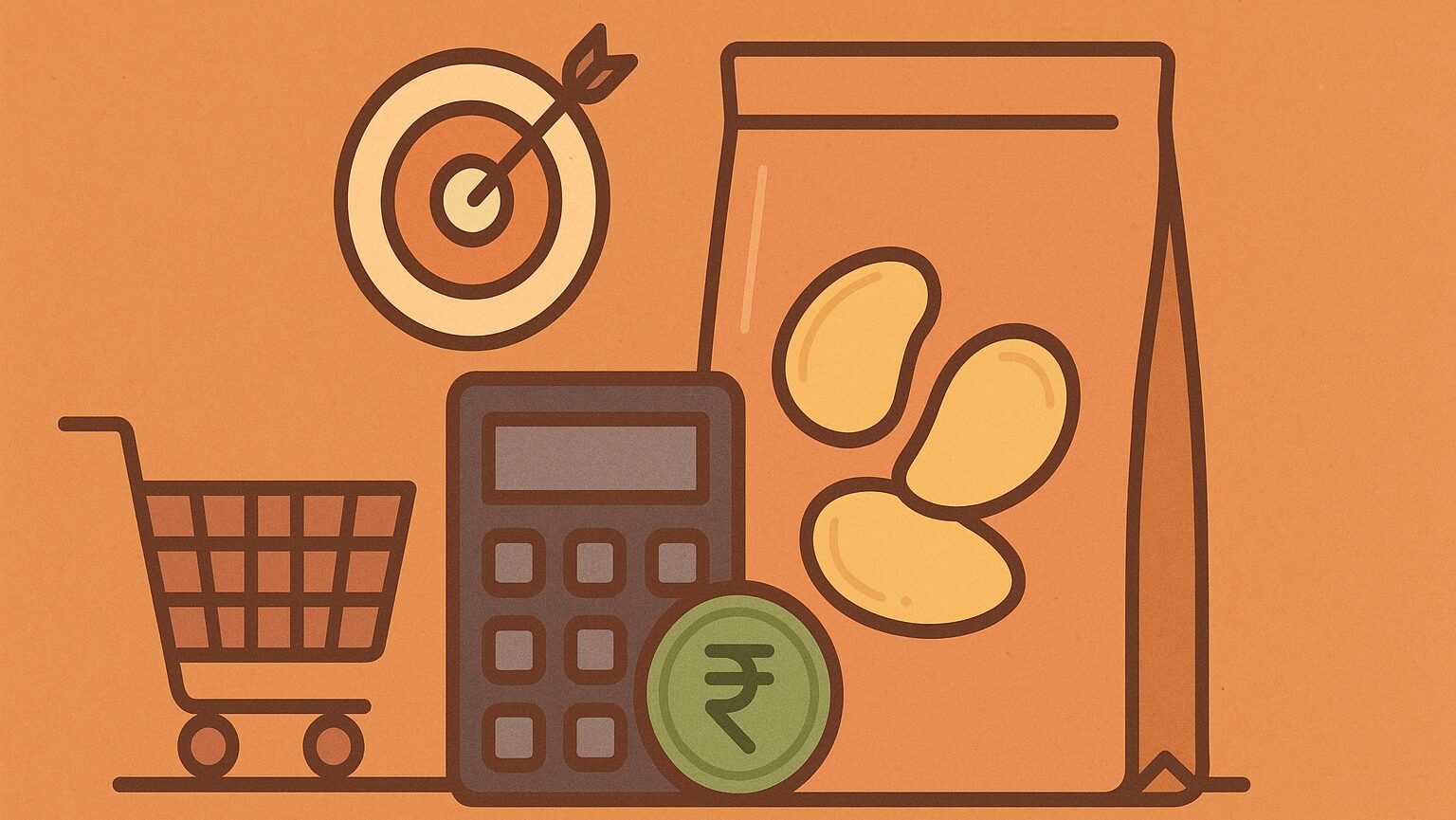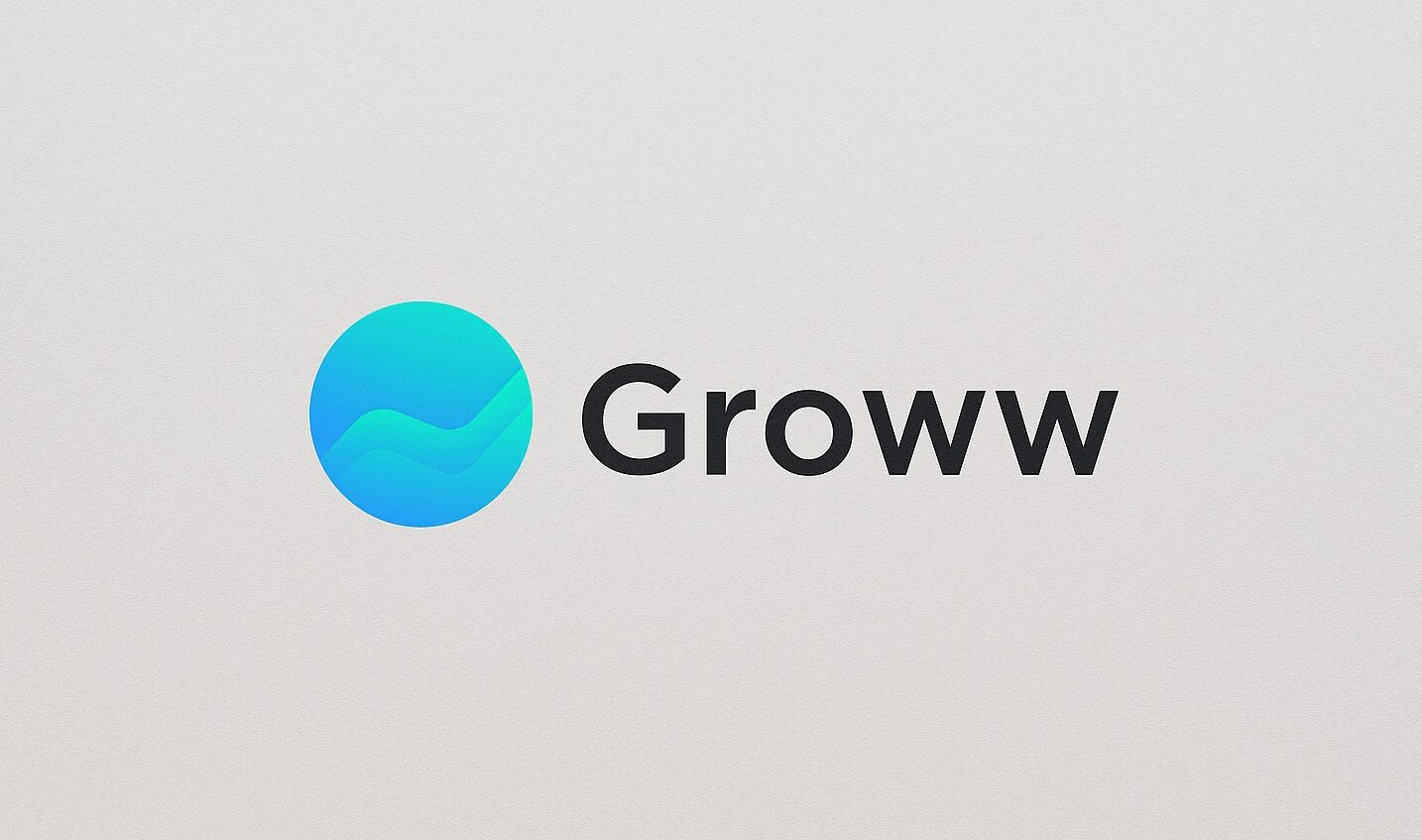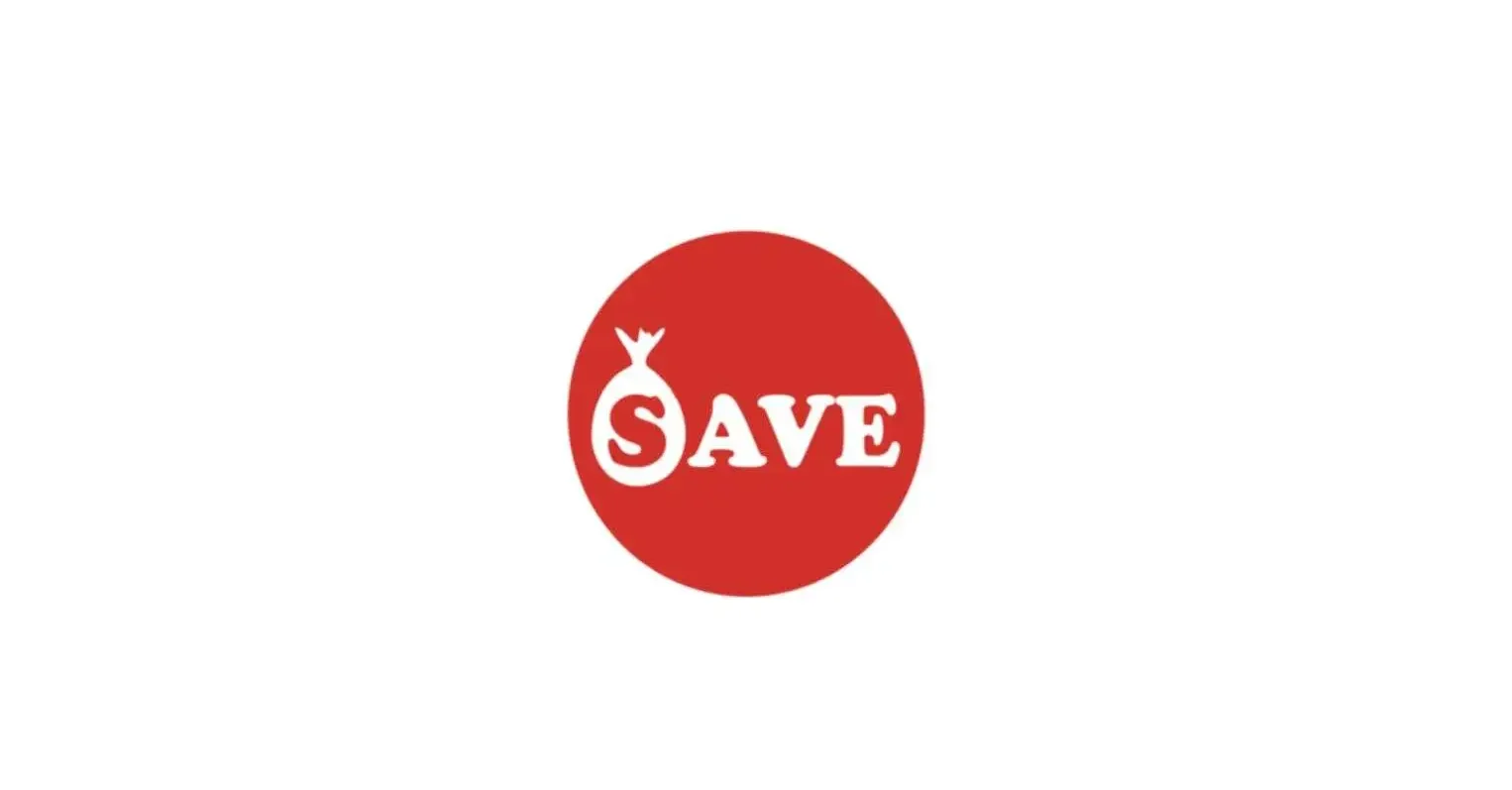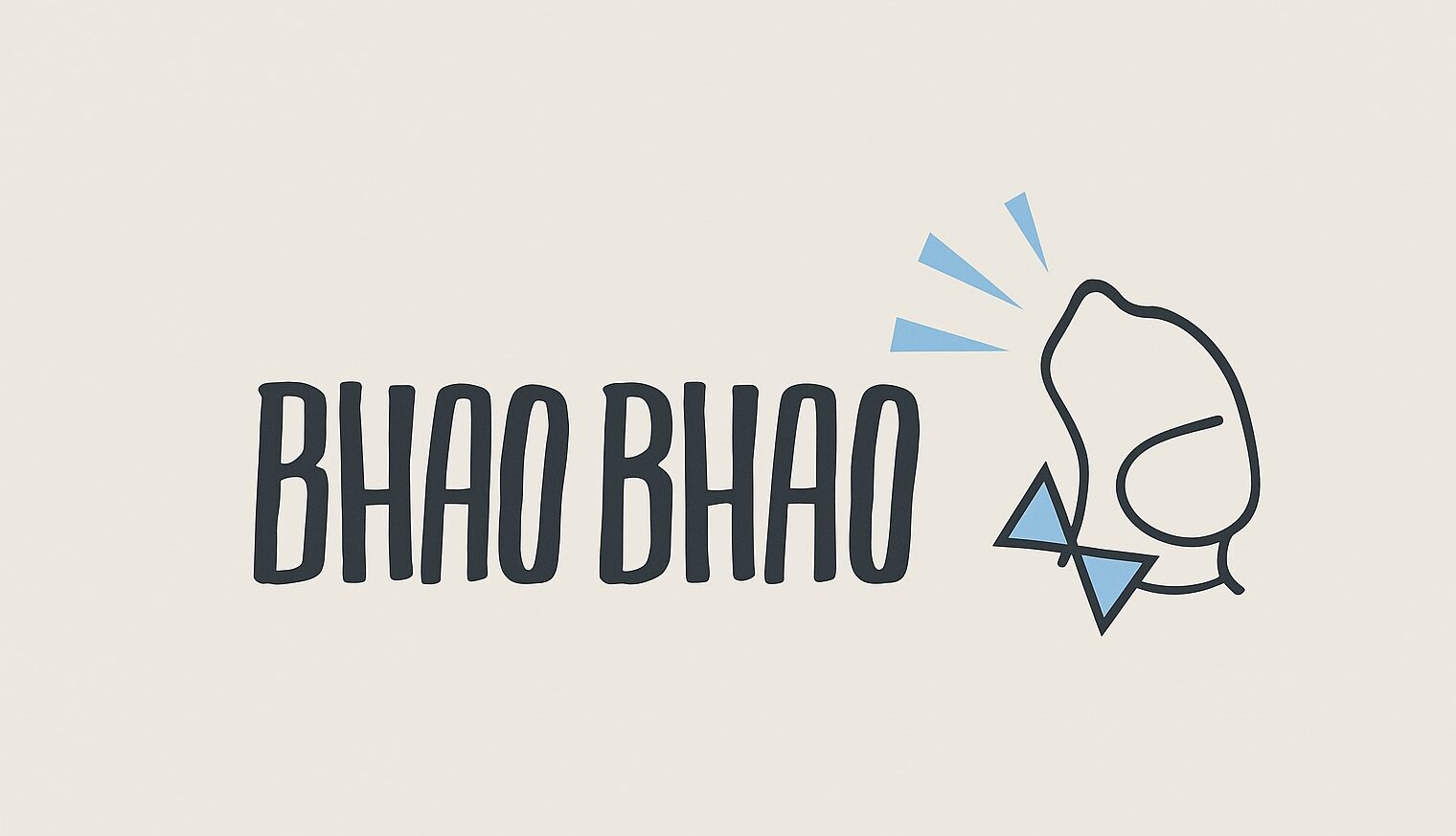With a lean ₹5 lakh war chest, first-time founders can launch a hyperlocal D2C snacks brand in 90 days, if they pick one hero product, outsource manufacturing smartly, keep packaging tight, and track unit economics from day one.
Here’s a clear, numbers-first report you can copy, edit, and execute.
Making D2C Snacks Brand: At a Glance (Cheat Sheet)
- Model: Asset-light D2C brand (contract manufacturing + small in-house finishing/packing as needed)
- Hero SKU: One snack to start (e.g., roasted makhana 60g / millet chips 50g / spiced peanuts 80g)
- Channels: Your website + 1 marketplace + WhatsApp/Instagram
- Target AOV: ~₹350-₹450 (2–4 packs per order)
- Break-even target: ~1,400 packs/month (illustrative model below)
- Total Launch Budget: ≤ ₹5,00,000 (structured line-by-line)
Why This Works (In Plain Language)
- Asset-light = fast validation. You avoid heavy machines; a compliant co-packer produces to your spec.
- Single hero SKU reduces complexity. One BOM, one pouch, one photo set, faster QC and marketing.
- Math up front prevents surprises. If the per-pack contribution is healthy, you can scale; if not, pivot early.
The ₹5 Lakh Budget (Line-Item Plan)
Goal: Cover brand, compliance, first production, packaging, website, photos, marketplace setup, and 60 days of working capital.
| Line Item | What It Covers | Budget (₹) |
|---|---|---|
| Brand identity & label design | Logo, color system, packaging dielines, nutrition panel layout | 40,000 |
| Compliance buffer | FSSAI (per your category/turnover), basic legal vetting, label review, food testing | 15,000 |
| Website & tech | Domain, storefront setup (Shopify/Woo), basic theme/apps, email/SMS setup | 30,000 |
| Barcodes & packaging IDs | GS1/EAN allocation (as required), SKUs planning | 15,000 |
| Packaging inventory | Printed pouches/labels for first 3–5k units | 35,000 |
| Product photography/video | Studio + lifestyle, website + marketplace ready | 20,000 |
| Marketplace onboarding | Account, listings, basic compliance docs | 10,000 |
| First production run | Co-packer MOQs across 1–3 SKUs (test batch) | 90,000 |
| Freight & storage | Inbound to your city + initial warehousing | 15,000 |
| Launch marketing | Ads, samples, influencer barter, promos | 1,00,000 |
| Working capital | Rolling inventory + ops for ~60 days | 1,20,000 |
| Total | ₹4,90,000 |
Notes: Fees and vendor quotes vary by state, platform, and supplier. Treat this as a budgeting template and replace with your actual quotes before committing.
Licences & Compliance (Simple Checklist)
- FSSAI:
- If you manufacture via a third-party co-packer, they must hold the correct FSSAI manufacturing licence for your category.
- You, as the brand/marketer, may still require an FSSAI registration/licence depending on your turnover and activities (e.g., storage, repacking, marketing).
- Keep labels compliant (ingredient order, allergens, veg/non-veg symbol, Mfg/Use-by, FSSAI details).
- GST: Register if your turnover/operations require it.
- Barcodes: Obtain EAN/UPC for marketplaces and retail readiness.
- Claims: Avoid unsubstantiated claims (“zero oil,” “high protein”) unless you have testing/references.
(Consult your local food safety officer/professional for exact requirements in your state.)
Product Strategy (Start Narrow, Go Deep)
- Pick one hero: e.g., Roasted Makhana 60g – Tangy Masala
- Taste first: Run 3–5 micro-trials (20–50 packs each) among real buyers; lock the winning recipe.
- Shelf life: Aim ≥ 4–6 months for D2C logistics comfort.
- Packaging: Matte stand-up pouch with zip + nitrogen flush if needed; back label with clean nutrition panel.
The Math: Plug-and-Play Unit Economics
Replace the example numbers with your real quotes. The formulas stay the same.
Let’s model 1 pack (Hero SKU: 60g roasted snack):
- COGS per pack (ex-factory):
- Raw ingredient cost per kg = R (₹/kg)
- Net grams per pack = G (g)
- Ingredient cost = R × (G/1000)
- Seasoning & oil per pack = S
- Pouch + label cost = P
- Labor & utilities per pack = L
- Inbound freight per pack = F
- Wastage factor = W (e.g., 3% → multiply by 1.03)
Formula:
COGS = (R × G/1000 + S + P + L + F) × (1 + W)
Illustrative example:
R = 500, G = 60, S = 3, P = 6, L = 2, F = 1, W = 3%
Ingredient cost = 500 × 0.06 = 30
Base = 30 + 3 + 6 + 2 + 1 = 42
COGS = 42 × 1.03 = ₹43.26
- Selling price (per pack):
- MRP = ₹99
- Promotional selling price (SP) online = ₹89–₹99 (you’ll test)
- Channel costs:
- D2C website: Payment gateway ≈ 2% of SP; shipping & pick-pack (Sh) varies by courier and weight; ad CAC per order (C) depends on your marketing. If an order has Q packs, CAC per pack = C/Q.
- Marketplace: Commission (M%) of SP + platform shipping (Sm) + optional ads (A).
Contribution per pack (D2C):
Contribution = SP − COGS − (2% of SP) − Sh − (C/Q)
Contribution per pack (Marketplace):
Contribution = SP − COGS − (M% of SP) − Sm − A
Illustrative D2C example:
SP = 99, COGS = 43.26, PG = 1.98, Sh = 22, C = 36/order, Q = 3 packs/order → C/Q = 12
Contribution = 99 − 43.26 − 1.98 − 22 − 12 = ₹19.76
Illustrative Marketplace example:
SP = 99, COGS = 43.26, M% = 18% → 17.82, Sm = 12, A = 5
Contribution = 99 − 43.26 − 17.82 − 12 − 5 = ₹20.92
Your reality will differ. Use your quotes. The goal is to keep per-pack contribution ≥ ₹15–₹25 at launch, then raise it with higher AOV (more packs per order), better shipping slabs, and lower CAC from repeat buyers.
Monthly Break-Even (Simple, Deterministic)
- Fixed monthly costs (example):
- One ops exec: ₹25,000
- Small storage/rent & utilities: ₹10,000
- Software & tools: ₹5,000
- Misc (samples, replacements, petty): ₹10,000
Fixed total: ₹50,000
- Packs needed to break even:
Break-even packs/month = Fixed Costs ÷ Contribution per pack
- With ₹20 contribution: 50,000 ÷ 20 = 2,500 packs/month (~83 packs/day)
- With ₹35 contribution: 50,000 ÷ 35 ≈ 1,429 packs/month (~48 packs/day)
- Orders/day target:
If average order has 3 packs, then 48 packs/day ≈ 16 orders/day.
Levers to hit break-even faster:
- Increase packs/order with combo bundles (4–6 packs)
- Negotiate shipping slabs and packaging rates
- Push repeat via WhatsApp & subscriptions (low/no CAC)
90-Day Launch Timeline (Do-able Steps)
Days 1–15: Foundations
- Shortlist co-packers; sign NDA; develop 3 flavor trials.
- Finalize brand identity; draft labels (compliance-aware).
- Set up domain + storefront skeleton; open marketplace seller account.
Days 16–30: Proof & Paperwork
- Blind taste tests (50–100 real tasters); lock 1 hero flavor.
- Food testing + shelf-life checks; finish label copy.
- Order first packaging batch; complete barcode allocation.
- Book photo/video shoot.
Days 31–60: First Sellable Stock
- First production run (3–5k packs total across variants or all on hero).
- Inbound to your city; list on website + one marketplace.
- Launch paid + organic: reels, micro-influencers (barter), sampling.
Days 61–90: Scale What Works
- Push bundles (3/6/12-pack).
- Enable COD where sensible; capture WhatsApp opt-ins for repeat.
- Tighten CAC with lookalikes and retargeting; A/B test price points.
- Plan next run based on sell-through velocity (weekly cohort tracking).
Packaging & AOV Tactics (Small Tweaks, Big Impact)
- Bundle builder: Pre-set 3/6/12-pack options on PDP; default to 3-pack.
- Tiered shipping: Free shipping ≥ ₹499 to nudge bigger baskets.
- Refill subscription: 10% off for monthly 6-pack—locks in repeats.
- Sampler pack: 3 flavors × 2 each; price it to convert first-timers.
Operations: Co-packer vs. Micro-Batch
- Co-packer (recommended under ₹5L):
- Pros: Faster, compliant environments, predictable QC at scale.
- Watch-outs: MOQs, lead times, recipe confidentiality (use NDAs, staged payments).
- Micro-batch (shared kitchen):
- Pros: Control, tiny MOQs.
- Watch-outs: Compliance, limited scale, more labour.
- Use only for trials or niche products until demand is proven.
Quality & Risk Controls
- Shelf-life: Run accelerated tests; aim for realistic MFD + Best Before dates.
- Seals & flush: Consider nitrogen flush/oxygen absorbers for crunchy SKUs.
- Batch coding & recalls: Print batch/lot codes; keep batch-wise COAs.
- Insurance: Product liability/recall cover as you scale.
Simple Reporting Cadence (Every Week)
- Sales: Orders, AOV, channel mix, COD %
- Unit economics: Per-pack contribution by channel
- Ops: Stock cover (days), wastage %, on-time in-full (OTIF)
- Marketing: CAC (new vs. repeat), 7-day payback, top creatives
- Customer: Repeat rate, subscription count, refund/replace %
Example: Full Order-Math (D2C Bundle)
Assume:
- 3-pack order, SP per pack = ₹99 → Order value = 3 × 99 = ₹297
- COGS per pack = ₹43.26 → COGS/order = 3 × 43.26 = ₹129.78
- Payment gateway (2%) = 2% × 297 = ₹5.94
- Shipping & pick-pack (≤500 g slab) = ₹35 (illustrative)
- Launch CAC per order = ₹36 (illustrative)
Contribution per order:
297 − 129.78 − 5.94 − 35 − 36 = ₹89.28
Contribution per pack: 89.28 ÷ 3 = ₹29.76
Break-even with this contribution:
50,000 ÷ 29.76 ≈ 1,680 packs/month (~56 packs/day)
Orders/day (3 packs each) ≈ 19/day
Swap in your actual COGS, fees, and shipping slabs to get your true target.
What to Cut (to stay within ₹5L)
- Don’t print 20k pouches-start with 3–5k.
- Hold off on fancy influencers-do barter + micro first.
- Skip custom shippers-use plain corrugates + brand tape.
- Avoid 5 SKUs-launch 1 hero + 1-2 variants max.
Exit Criteria for Month 3
- Contribution per pack ≥ ₹25 on at least one channel
- Repeat rate ≥ 20% among Month-1 customers
- Refund/replace ≤ 2%
- Packs/day ≥ 50 with stock cover ≥ 30 days
If you’re missing two or more, adjust price, pack sizes, flavors, or channel mix before scaling inventory.
To Sum Up
A ₹5 lakh launch is realistic if you (1) keep to one hero product, (2) demand contribution-positive orders from day one, and (3) relentlessly push AOV and repeat customers. Treat every rupee as a controlled experiment. The math tells you what to do next.
Also Read: How to Start a Profitable Makhana (Fox Nut) Business in India!
























